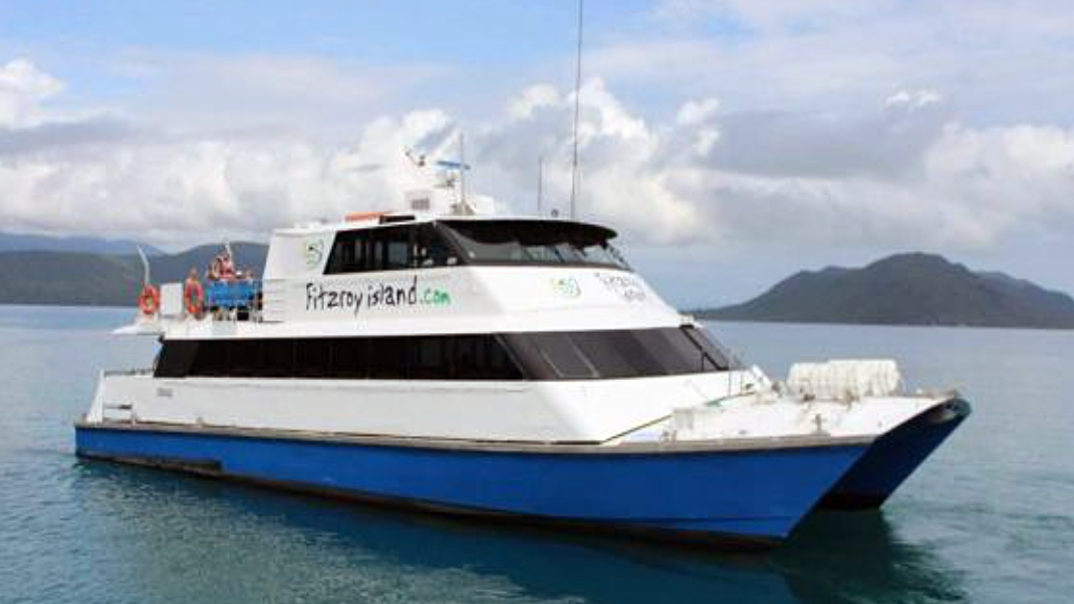
A catamaran ferry crew’s response to a suspected engine room fire reinforces the importance of vessel operators having robust procedures and training, a new ATSB investigation has stressed.
On 29 March 2019, the catamaran ferry Fitzroy Flyer was on a scheduled transfer between Cairns and Fitzroy Island, with four crewmembers and 37 passengers on board. About halfway into the 50-minute journey, at about 2:10pm, the port main engine overheated, activating a fire alarm on the bridge.
A crewmember and a passenger (who was a former firefighter) investigated and reported sighting smoke and fire. Initial attempts were made to extinguish the fire using portable extinguishers, but the crew could not confirm if those attempts were successful in extinguishing any fire. The presence of a fire was unable to be confirmed and, after taking advice from shore management, the master subsequently activated the port engine room fire suppression system.
Meanwhile, all passengers were mustered to the bow of the vessel, and were subsequently evacuated onto two nearby vessels. The master then started the starboard engine and the Fitzroy Flyer slowly returned to Cairns, where it safely berthed without further incident.
Inspections carried out after the incident found no evidence of a fire or any fire damage in the engine room. Instead, the smoke and fire seen by the crew were likely from a loose and slipping fan drive belt and steam from the overheated cooling system.
The ATSB found that the crew’s response to the fire alarm did not follow company procedures as they had practised during emergency drills. This included not promptly activating the vessel’s fire suppression system or applying boundary cooling, and making several entries to the port main engine room without suitable risk controls in place.
In addition, the passengers were transferred in open waters and without lifejackets to two other vessels with varying freeboards, at which point the engine room situation appeared to be under control, while the crew did not issue a ‘PAN PAN’ urgency message to emergency services and other vessels, informing of the Fitzroy Flyer’s status and requesting assistance.
“This occurrence highlights the importance of vessel operators having robust procedures and training for responding to fires and other emergencies on board, and for crewmembers to follow procedures and training in such situations,” said ATSB Director Transport Safety Dr Mike Walker.
“In particular, if a fire is suspected in an engine room, and further assessment is not possible, then crews should deploy the available suppression systems and transmit an urgency message.”
Since the incident, the Fitzroy Flyer’s owner-operator has updated the vessel’s safety management system, improved crewmember training, and installed a closed-circuit television camera surveillance system throughout the vessel.


